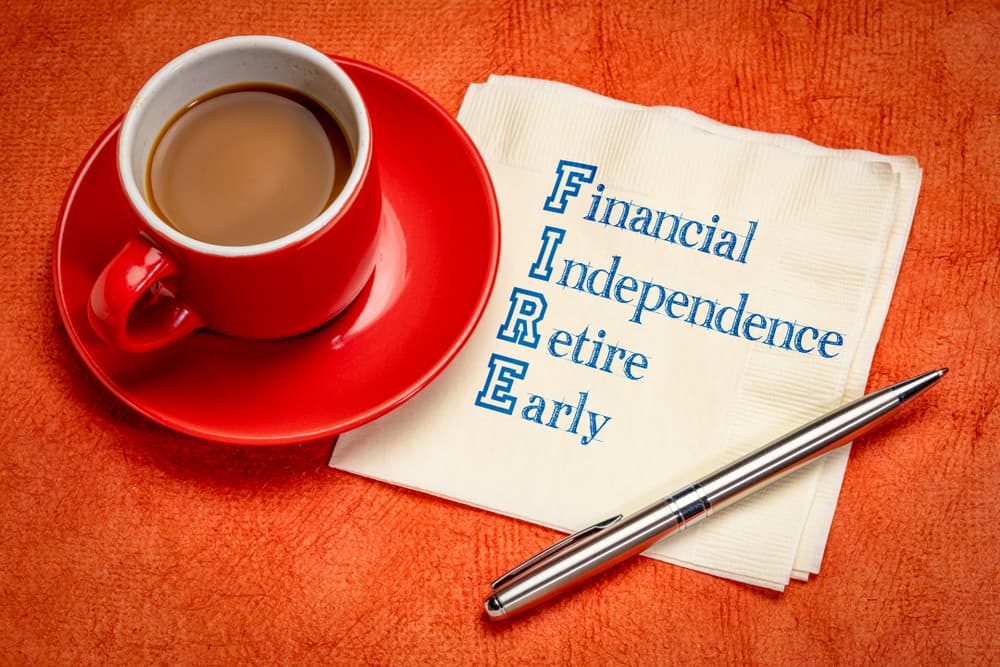What Is A FIRE Strategy In Retirement Planning?
While it may not suit everyone, it definitely provides a roadmap for those who dream of retiring early and pursuing their passions without financial constraints.
While it may not suit everyone, it definitely provides a roadmap for those who dream of retiring early and pursuing their passions without financial constraints.

FIRE
Financial planning is vital whether you are looking at early or delayed retirement. For those planning early retirement, the FIRE or “Financial Independence, Retire Early” strategy can be helpful. The approach draws inspiration from the 1992 book “Your Money or Your Life”, penned by Vicki Robin and Joe Dominguez, who popularised the idea of saving and investing early to achieve financial independence. The FIRE concept reportedly became popular with millennials in the 2010s, gaining traction through blogs, podcasts, and discussion forums.
What Does FIRE Strategy Promise?
Advertisement
FIRE garnered a dedicated following for several compelling reasons; here are a few:
1. Early Retirement: The promise of retiring years ahead of the customary retirement age is a powerful motivator, enabling individuals to explore new opportunities and experiences.
Advertisement
2. Financial Security: The strategy emphasises building a substantial nest egg, providing financial security and reducing vulnerability to economic downturns and job insecurity.
3. Work-Life Balance: It offers the chance to prioritise personal well-being, health, and time with loved ones, creating a better work-life balance.
4. Reduced Stress: By achieving financial independence, people can alleviate the financial stress that plagues many during their working years.
How Do You Use The Fire Method?
Expense Tracking: One fundamental and critical step is to keep tabs on your spending and avoid unnecessary expenses. It entails refraining from indulgent expenditures, like dining out, non-essential purchases, etc.
Setting Clear Financial Goals: Before embracing the FIRE method, it’s essential to establish future goals to work towards. These goals can encompass short-term, medium-term, and long-term financial objectives.
Assessing Your Current Financial Situation: Before diving into investments, it’s crucial to evaluate your present financial status. This step helps you determine your financial goals and assess any outstanding debts.
Debt Management: Achieving financial independence can be challenging with unresolved debts. Therefore, the initial focus should be on clearing any outstanding debts. For essential debts like home or car loans, it’s vital to balance debt repayment and invest in the right assets.
Diversified Investments: Rather than putting all your funds in one place, it’s wise to cultivate good financial habits and diversify your investments across various reliable avenues that generate passive income. Some examples include mutual funds, asset leasing, stocks, gold, real estate, and the National Pension System (NPS).
Multiple Income Streams: Building various passive income sources is a critical element in attaining early financial freedom. While the benefits will accrue in the future, diversifying your investment portfolio is a way to achieve this.
Conclusion
The strategy continues to influence how individuals approach financial planning and work-life balance. While it may not suit everyone, it definitely provides a roadmap for those who dream of retiring early and pursuing their passions without financial constraints.
Advertisement
Retirement planning is a continuous exercise that may include buying a house, insurance, investment, cash flow, etc. However, you must consciously avoid these three mistakes
As many older people live well beyond their 80s in the country, it's critical to consider the risks that retirees should avoid for a stress-free life.
Many people make the mistake of overlooking retirement planning until the later stages of their career, leading to potential financial calamities.
Get all the latest stories delivered to your inbox
Advertisement
Get all the latest stories delivered to your inbox